News
Safety metrics are emphatically stronger when Autopilot is engaged than when not engaged – Tesla Says.
Published
1 year agoon
By
Ekwutos Blog
We at Tesla believe that we have a moral obligation to continue improving our already best-in-class safety systems. At the same time, we also believe it is morally indefensible not to make these systems available to a wider set of consumers, given the incontrovertible data that shows it is saving lives and preventing injury.
Regulators around the globe have a duty to protect consumers, and the Tesla team looks forward to continuing our work with them towards our common goal of eliminating as many deaths and injuries as possible on our roadways.
Below are some important facts, context and background.
Background
1. Safety metrics are emphatically stronger when Autopilot is engaged than when not engaged.
a. In the 4th quarter of 2022, we recorded one crash for every 4.85 million miles driven in which drivers were using Autopilot technology. For drivers who were not using Autopilot technology, we recorded one crash for every 1.40 million miles driven. By comparison, the most recent data available from NHTSA and FHWA (from 2021) shows that in the United States there was an automobile crash approximately every 652,000 miles.
b. The data is clear: The more automation technology offered to support the driver, the safer the driver and other road users. Anecdotes from the WaPo article come from plaintiff attorneys—cases involving significant driver misuse—and are not a substitute for rigorous analysis and billions of miles of data.
c. Recent Data continues this trend and is even more compelling. Autopilot is ~10X safer than US average and ~5X safer than a Tesla with no AP tech enabled. More detailed information will be publicly available in the near future.
2. Autopilot features, including Traffic-Aware Cruise Control and Autosteer, are SAE Level 2 driver-assist systems, meaning —
a. Whether the driver chooses to engage Autosteer or not, the driver is in control of the vehicle at all times. The driver is notified of this responsibility, consents, agrees to monitor the driving assistance, and can disengage anytime.
b. Despite the driver being responsible for control for the vehicle, Tesla has a number of additional safety measures designed to monitor that drivers engage in active driver supervision, including torque-based and camera-based monitoring. We have continued to make progress in improving these monitoring systems to reduce misuse.
c. Based on the above, among other factors, the data strongly indicates our customers are far safer by having the choice to decide when it is appropriate to engage Autopilot features. When used properly, it provides safety benefits on all road classes.
The Washington Post leverages instances of driver misuse of the Autopilot driver assist feature to suggest the system is the problem. The article got it wrong, misreporting what’s actually alleged in the pending lawsuit and omitting several important facts:
1. Contrary to the Post article, the Complaint doesn’t reference complacency or Operational Design Domain.
2. Instead, the Complaint acknowledges the harms of driver inattention, misuse, and negligence.
3. Mr. Angulo and the parents of Ms. Benavides who tragically died in the crash, first sued the Tesla driver—and settled with him—before ever pursuing a claim against Tesla.
4. The Benavides lawsuit alleges the Tesla driver “carelessly and/or recklessly” “drove through the intersection…ignoring the controlling stop sign and traffic signal.”
5. The Tesla driver didn’t blame Tesla, didn’t sue Tesla, didn’t try to get Tesla to pay on his behalf. He took responsibility.
6. The Post had the driver’s statements to police and reports that he said he was “driving on cruise.” They omit that he also admitted to police “I expect to be the driver and be responsible for this.”
7. The driver later testified in the litigation he knew Autopilot didn’t make the car self-driving and he was the driver, contrary to the Post and Angulo claims that he was mislead, over-reliant or complacent. He readily and repeatedly admitted:
a. “I was highly aware that was still my responsibility to operate the vehicle safely.”
b. He agreed it was his “responsibility as the driver of the vehicle, even with Autopilot activated, to drive safely and be in control of the vehicle at all times.”
c. “I would say specifically I was aware that the car was my responsibility. I didn’t read all these statements and passages, but I’m aware the car was my responsibility.”
8. The Post also failed to disclose that Autopilot restricted the vehicle’s speed to 45 mph (the speed limit) based on the road type, but the driver was pressing the accelerator to maintain 60 mph when he ran the stop sign and caused the crash. The car displayed an alert to the driver that, because he was overriding Autopilot with the accelerator, “Cruise control will not brake.”
You may like


Charitable acts attract divine reward- President Obasanjo
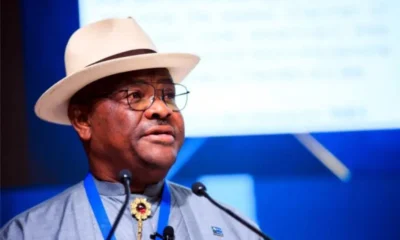

Rivers Emergency Rule: NBA took illegal gift from Fubara – Wike
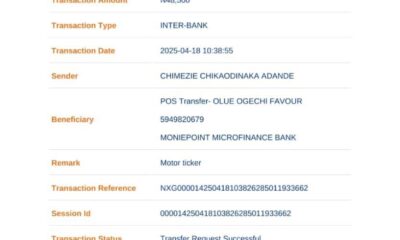

IMO GOVERNMENT DISOWNS FRAUDULENT SIENNA LEVIES, ORDERS CRACKDOWN ON EXTORTIONISTS


PRESIDENT TINUBU’S EASTER MESSAGE TO THE NATION
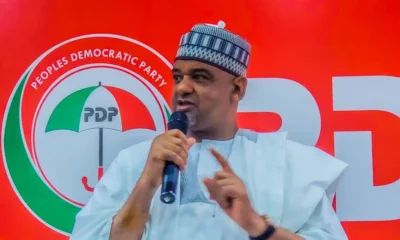

APC more divided than PDP – Damagum declares as he receives defectors


Six IMSU Law Graduates Bag First Class at the Nigerian Law School
News
Charitable acts attract divine reward- President Obasanjo
Published
28 minutes agoon
April 18, 2025By
Ekwutos Blog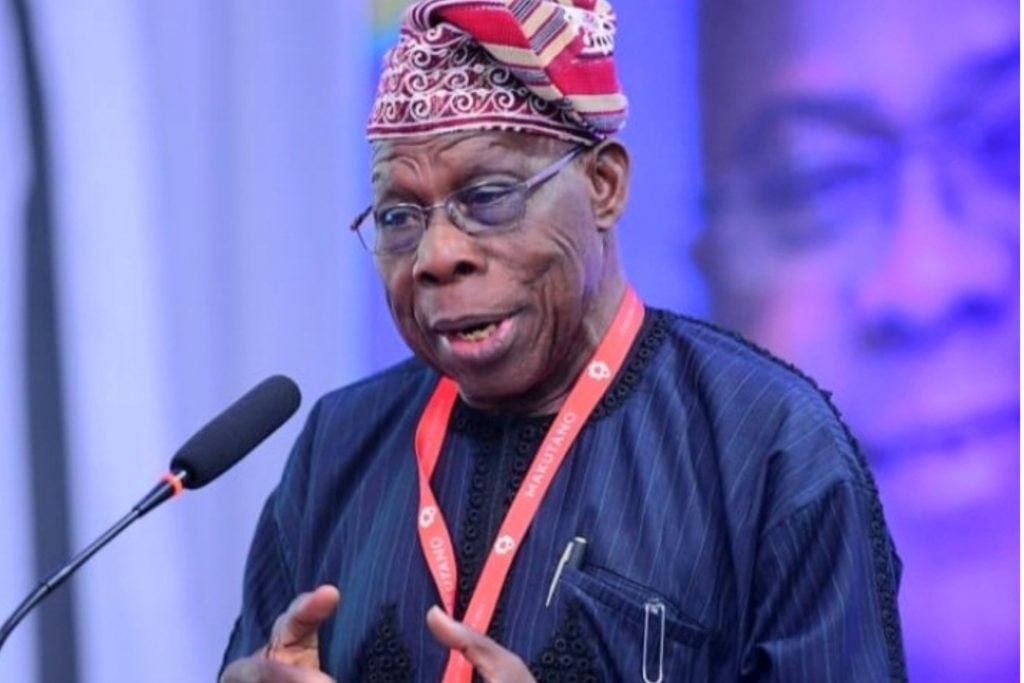
Former Nigeria President, Olusegun Obasanjo, has urged Nigerians to practice the spirit of giving, stressing that charitable acts attract divine reward.
Obasanjo spoke on Friday in Abeokuta
at the public presentation and unveiling of the project’s designs on the remodelling of the Egba Central Mosque and the construction of an Islamic Centre at Kobiti, Abeokuta.
The Former president called on all Nigerians, regardless of their religious status, to consider the project as a collective effort and contribute to its success.
Similarly, the Ogun State Governor, Dapo Abiodun, represented by his Deputy, Noimot Salako-Oyedele, described the project as a significant step by the Egba people, particularly the Egba Muslims.
Abiodun, while acknowledging the role of Obasanjo in promoting religious tolerance and harmony, promised to construct the mosque’s administrative block and library.
Ekwutosblog reports that prominent Nigerians such as the Sultan of Sokoto Alhaji Sa’ad Abubakar, the Alake and Paramount ruler of Egbaland, Oba Adedotun Gbadebo, former Ogun State Governor, Senator Ibikunle Amosun, former Sokoto State Governor, Aliyu Wammako, former Nigerian Ambassador to the UK, Sarafa Tunji Ishola, among others have donated in support of remodelling the mosque.
Others notable figures are, Sir Kessington Adebutu, Chief Rasaq Okoya, The Secretary-General of the Supreme Council for Islamic Affairs, Prof Ishaq Oloyede, Iya Suna of Egbaland Alhaja Yemi Kolapo, and Senator Shuaib Salisu.
The project, as outlined by the Egba Muslim Council, includes the renovation of the mosque, as well as the addition of various structures such as an administrative block, a library, a Quranic Academy, a multipurpose social hall, an Imam’s residence, a shopping complex, a medical center, and a guest house.
The Sultan of Sokoto, Sa’ad Abubakar, while unveiling the project’s prototype, pledged to personally engage other influential Nigerians to mobilize resources for the mosque’s completion.
The Alake of Egbaland, reflected on the long-overdue renovation of the mosque, emphasizing the historical significance of the project and the role of stakeholders in preserving religious and cultural heritage for future generations.
The committee overseeing the mosque’s remodelling, led by Abdulhakeem Tunji-Kalejaiye, confirmed that 78 houses around the central mosque at Kobiti would be demolished to make way for the new project.
The displaced occupants will be compensated with new homes to be built on 22 acres of land in the Sodeke-Titun Sabo area of Abeokuta.
News
IMO GOVERNMENT DISOWNS FRAUDULENT SIENNA LEVIES, ORDERS CRACKDOWN ON EXTORTIONISTS
Published
3 hours agoon
April 18, 2025By
Ekwutos Blog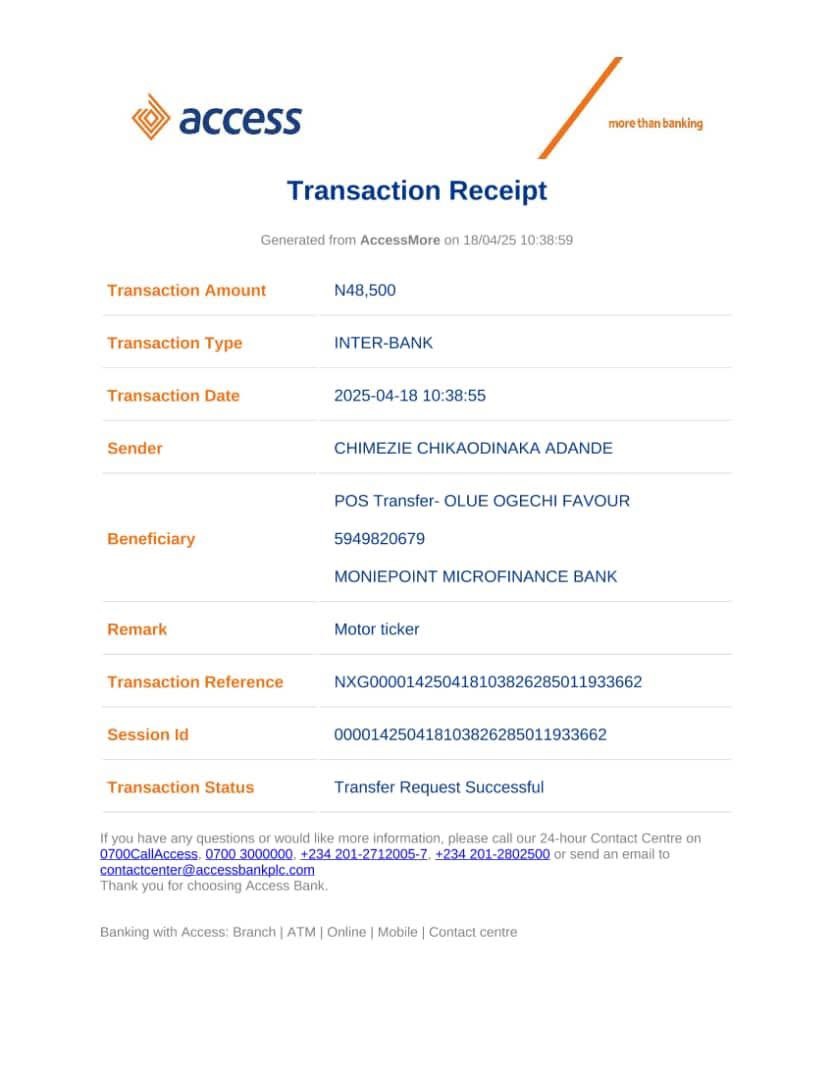
Owerri, Nigeria – The Imo State Government has issued a stern warning to unauthorized individuals and criminal syndicates extorting money from transporters using Toyota Sienna vehicles across the state, describing the practice as illegal, unpatriotic, and a direct affront to the rule of law.
In a public notice signed by Nze Chinasa Nwaneri, Special Adviser to the Governor on Monitoring and Compliance, the government condemned the ongoing extortion activities targeting Sienna drivers, particularly those plying the Umuowa and Aba-Owerri expressway.
According to the statement, these illegal agents have been collecting as much as N48,500 for 2005 model Siennas and a staggering N80,000 for 2008 models from unsuspecting drivers—claims the government has categorically denied any knowledge of or association with.
“This government did not authorize the collection of any such levies and does not operate through Point of Sale (POS) agents,” the notice read. “All official payments are strictly done through the Imo State Treasury Single Account (TSA). Any collection outside this channel is not only fraudulent but criminal.”
The government has called on all transporters and motorists in the state and those merely transiting to resist these extortion attempts and to report such incidents immediately to the nearest police station or the Ministry of Transport. Offenders caught engaging in this heinous act will face full prosecution under the law.
The public, particularly commercial drivers, have been urged to stay vigilant and not to fall prey to impostors parading themselves as government agents. The statement further called on law enforcement agencies to swing into action and bring perpetrators of this racket to justice without delay.
“This is not just theft—it is economic sabotage and an attack on the integrity of our state,” Nwaneri warned. “We will not tolerate this criminal enterprise hiding under the guise of government activity.”
The Imo State Government reiterated its commitment to safeguarding the rights of road users, maintaining a lawful transport system, and dismantling any network of extortion and illegal taxation within its borders.
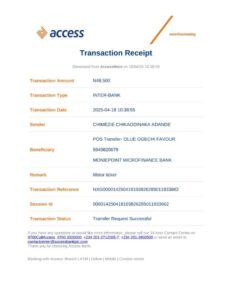
The public is hereby advised to take this warning seriously. The era of unchecked criminal levies is over.
News
PRESIDENT TINUBU’S EASTER MESSAGE TO THE NATION
Published
3 hours agoon
April 18, 2025By
Ekwutos Blog
STATE HOUSE PRESS STATEMENT
PRESIDENT TINUBU’S EASTER MESSAGE TO THE NATION
I heartily felicitate Christians in Nigeria and worldwide as they commemorate Easter, the celebration of Jesus Christ’s crucifixion and resurrection—the cornerstone of the Christian faith.
The Holy Week, which spans Palm Sunday through Holy Thursday and Good Friday and culminates in Easter Sunday, calls us to reflect deeply on the enduring values of sacrifice, redemption, love, and hope.
As President of our blessed nation, I draw inspiration from this timeless message of hope and renewal. I remain steadfast in my commitment to delivering the promise of a Renewed Hope, a better, more just, and prosperous Nigeria for all.
The recent tragic incidents and the loss of lives in some parts of our country deeply saddened me. I understand the pain and fear these incidents have caused. Let me assure you that my administration’s resolve to restore peace and security remains unshakable. Forces of evil will never prevail over our country. I have given clear directives to the Armed Forces and all relevant security agencies to end insecurity decisively and without delay. With the unwavering courage and commitment of our gallant men and women in uniform, we are turning the tide and making steady progress in reclaiming peace and stability.
We are also grateful to all Nigerians for your patience and resilience as our economy begins to show encouraging signs of recovery. We understand the economic challenges many of you are facing, and we are working tirelessly to restore investor confidence, stabilise key sectors, and build an inclusive economy that serves the interests of all Nigerians.
During this Easter, we join the global Christian community in thanking God for Pope Francis’s recovery. We pray that his renewed strength continues to inspire his leadership and service to humanity.
I earnestly pray that Easter’s spirit fills every heart and home with renewed faith in the immense possibilities ahead of us as a nation. Just as Christ triumphed over death, so too shall our country triumph over every challenge we face. The present moment may be cloudy, but it will usher in a glorious day.
I urge all Nigerians to remain hopeful, united, and resolute in pursuing national progress. The task before us is enormous, but together, with faith and determination, there is no obstacle we cannot overcome. Our unity and resilience are our greatest strengths.
May the risen Christ bless our homes with peace and our nation with continued unity and prosperity.
Happy Easter to all my fellow Nigerians
Bola Ahmed Tinubu
President and Commander-in-Chief of the Armed Forces
Federal Republic of Nigeria

Charitable acts attract divine reward- President Obasanjo

Rivers Emergency Rule: NBA took illegal gift from Fubara – Wike

IMO GOVERNMENT DISOWNS FRAUDULENT SIENNA LEVIES, ORDERS CRACKDOWN ON EXTORTIONISTS
Trending

 Trending6 months ago
Trending6 months agoNYA demands release of ‘abducted’ Imo chairman, preaches good governance
- Business6 months ago
US court acquits Air Peace boss, slams Mayfield $4000 fine

 Politics6 months ago
Politics6 months agoMexico’s new president causes concern just weeks before the US elections
- Entertainment6 months ago
Bobrisky transferred from Immigration to FCID, spends night behind bars
- Entertainment6 months ago
Bobrisky falls ill in police custody, rushed to hospital
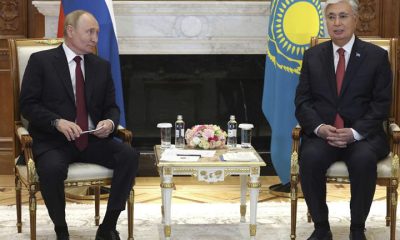
 Politics6 months ago
Politics6 months agoRussia bans imports of agro-products from Kazakhstan after refusal to join BRICS

 Politics6 months ago
Politics6 months agoPutin invites 20 world leaders
- Politics1 year ago
Nigerian Senate passes Bill seeking the establishment of the South East Development Commission.

